Your horse’s diet depends on hay, but did you know that not all hay is the same? When you get a hay delivery, you should take a few minutes to check the hay’s quality before you accept and unload the delivery. Here are 5 useful ways to check the quality of your hay.
1. Inspect the Color
The color of a bale of hay can tell you a lot about its quality. Hay should be a greenish color. If you see hay that more resembles the color of straw, then it may be old or have been bleached by sun. Keep an eye out for areas which are much lighter than the color of the rest of the bale. These areas were likely sun bleached, meaning that the sun has over-dried the hay and has stripped it of some of its nutrients.
2. Smell the Hay
Pull out a fistful of hay and smell it. Good hay should smell somewhat sweet. Make sure that the hay doesn’t smell like mold or mildew – if it does, refuse the hay. Shift the hay through your fingers and look to see how much dust is released. Hay which is very dusty is not good to feed to horses, especially if your horses have respiratory issues.
Trying to decide if you should get round bales or square for your horses? Check out our article Hay Bales: Round Vs. Square for more information and advice.
3. Look for Mold
Cut open a bale of hay and separate the flakes. Look for the presence of mold in any of the flakes. Moldy hay generally presents as darker areas which are grey or black. If you find mold, refuse the bale – mold indicates that the hay was baled when it was too wet. Feeding moldy hay to horses can result in serious problems, such as colic.
4. Feel for Excess Heat
Once you’ve opened a bale of hay, feel the hay in the very center for heat. If the heat seems to be excessive, then you may want to refuse the hay. While the centers of hay bales will typically be warmer, if hay is baled when it’s wet, those center areas can mold and generate heat in the process. With time, the hay can get so hot that it catches fire, endangering your barn and your horses.
5. Have the Hay Analyzed
Horse Courses by Elaine Heney
- Listening to the Horse - The Documentary by Elaine Heney & Grey Pony Films
- Shoulder In & Out Training for better balance, bend & topline development with your horse
- Over 110+ Polework Exercises & Challenges to Download
- Dancing at Liberty & Creating Connection with Your Horse (11 lessons) - Grey Pony Films
Having your hay analyzed is the best way to truly find out about its nutritional value. When you have your hay analyzed, you will take a sample of the hay and send it away to a laboratory for analysis. Hay analysis takes time, so it’s not ideal when deciding whether to accept a hay delivery, but it’s a great step in making sure that you’re giving your horse the nutrition that he needs.

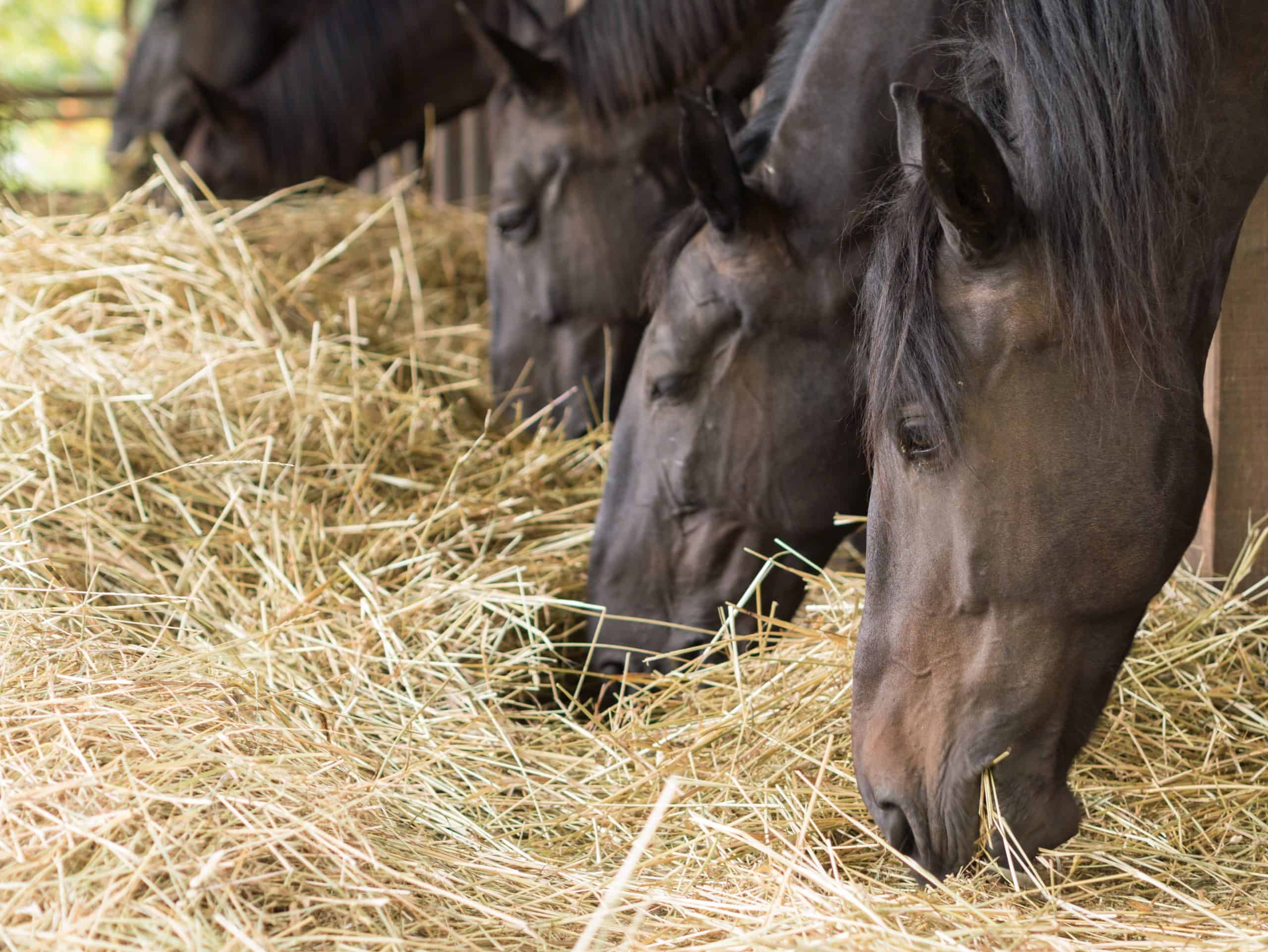
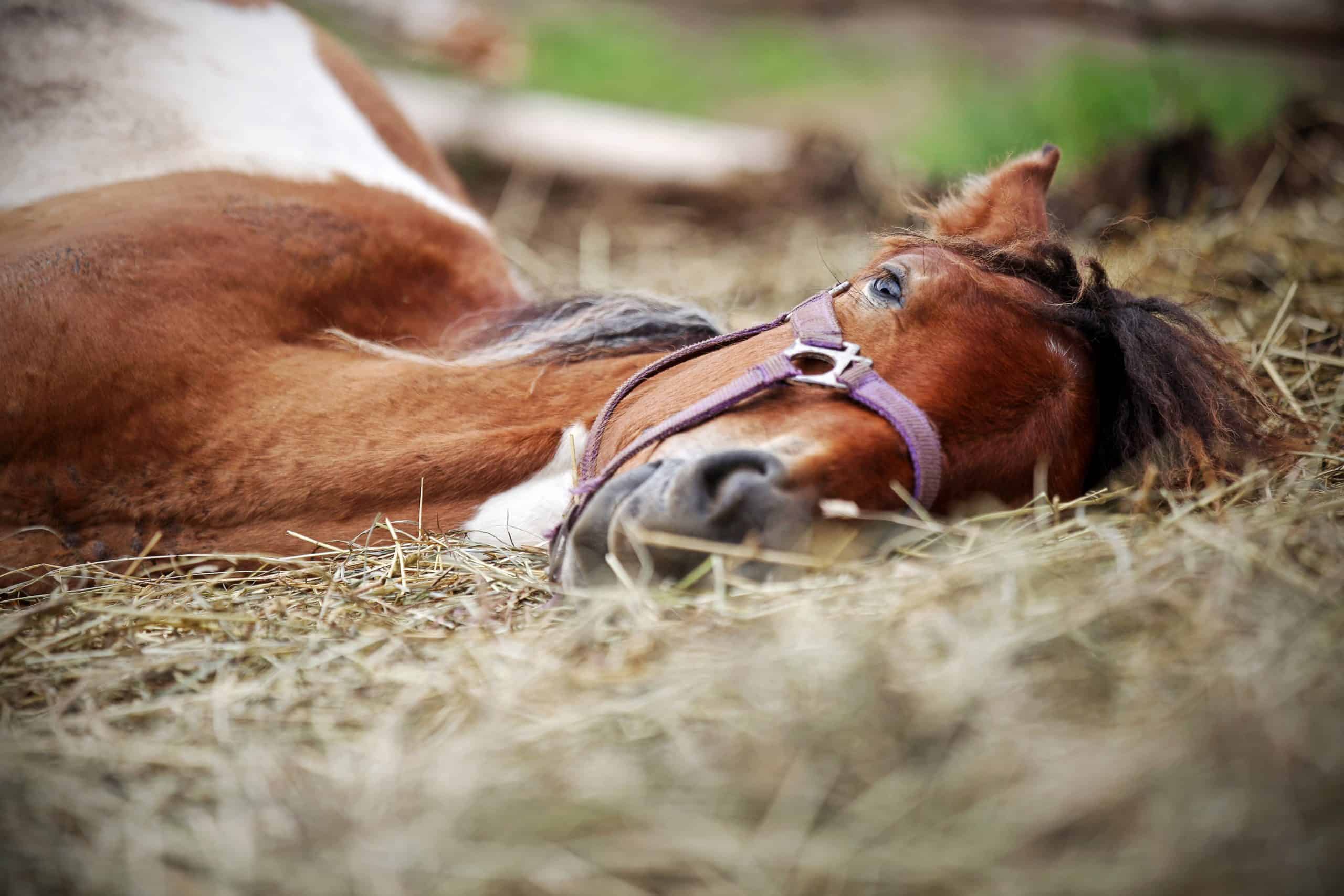
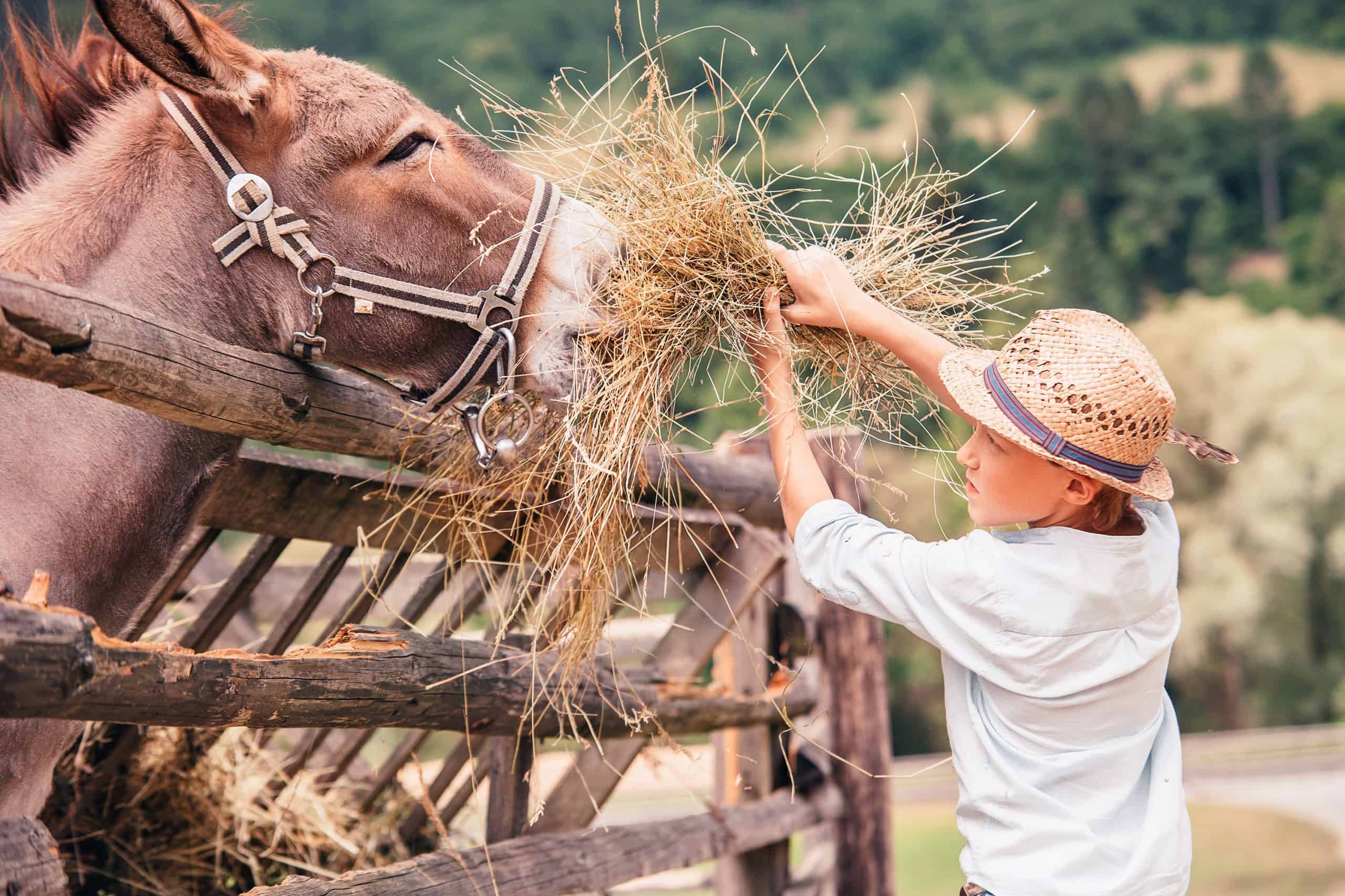
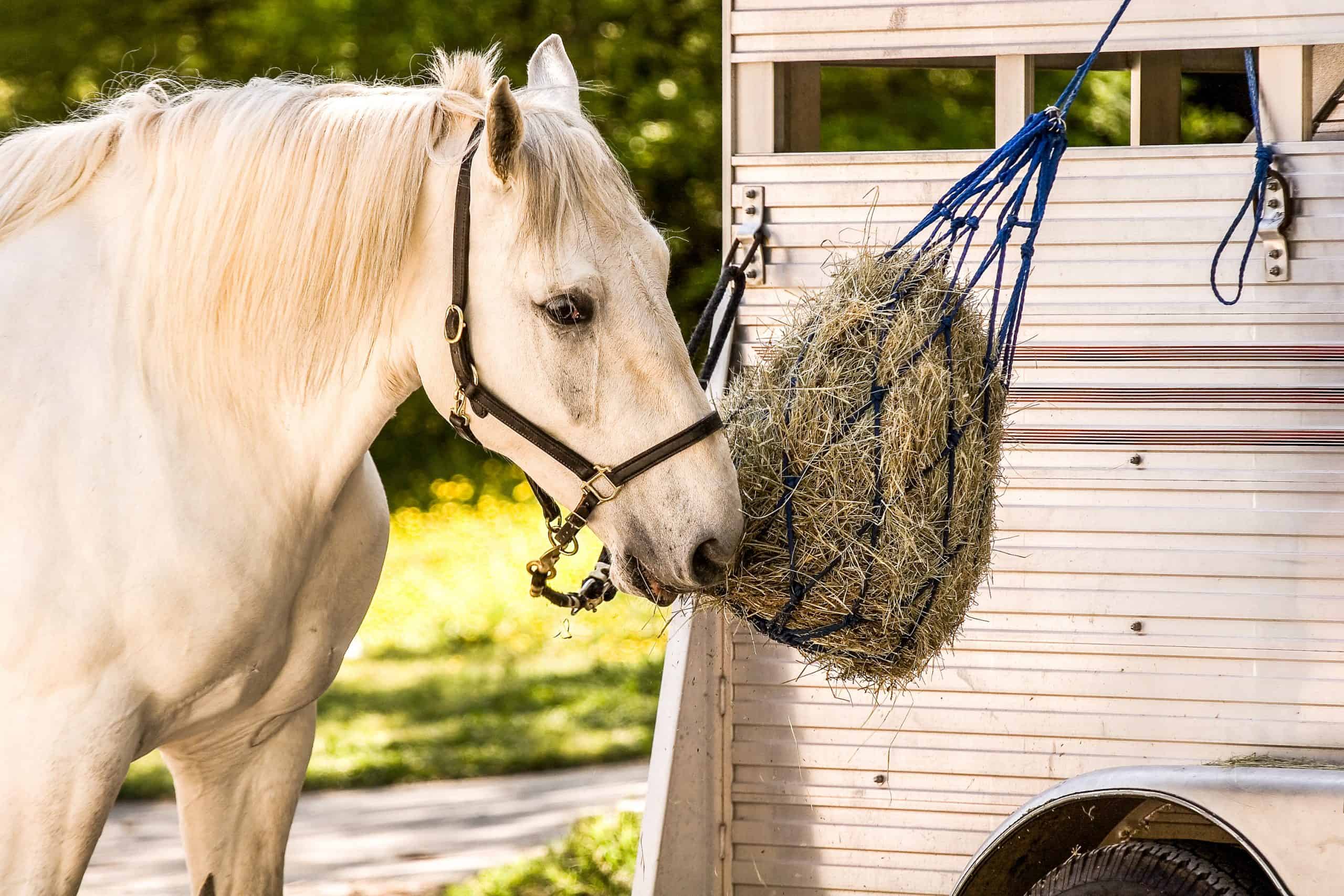
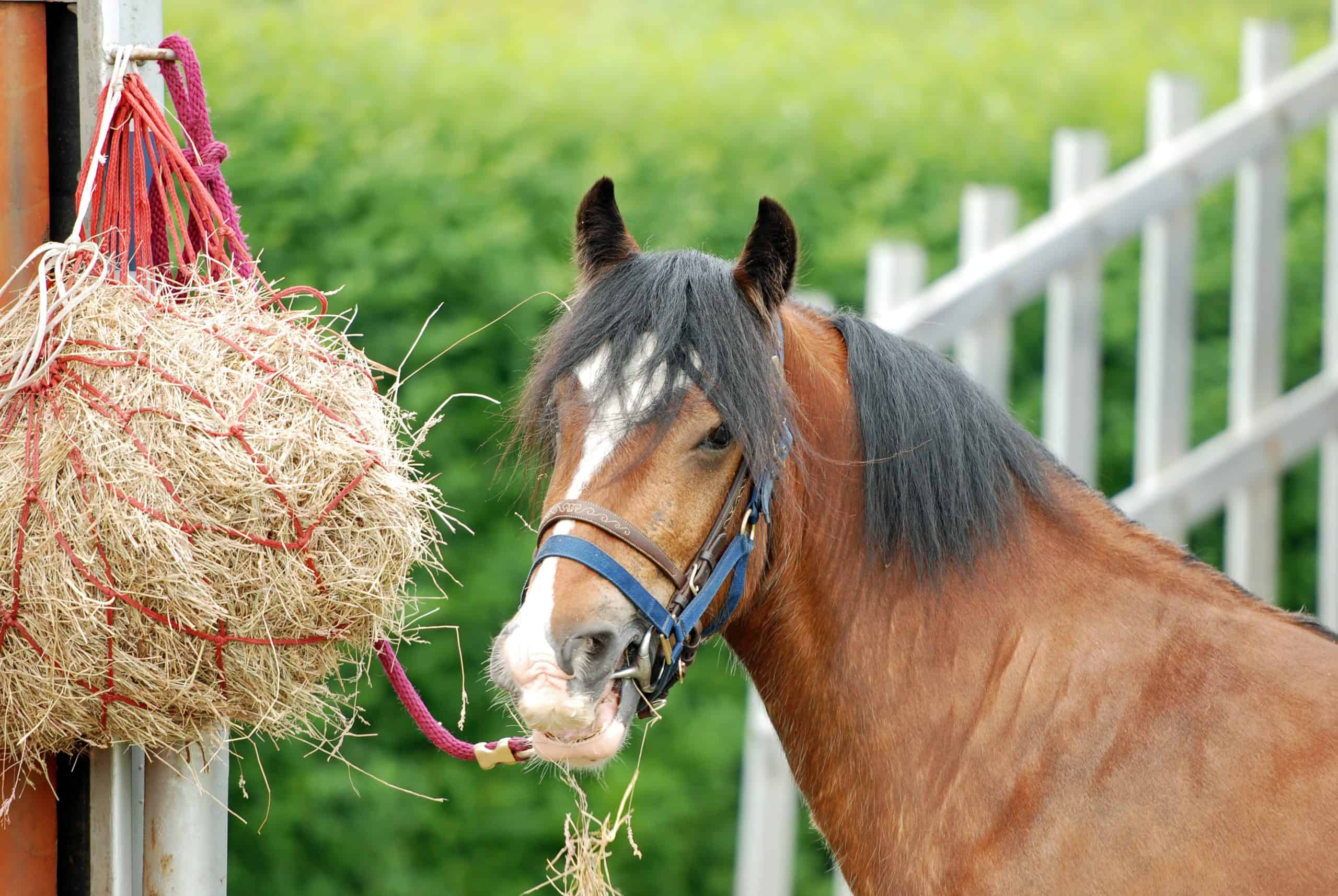
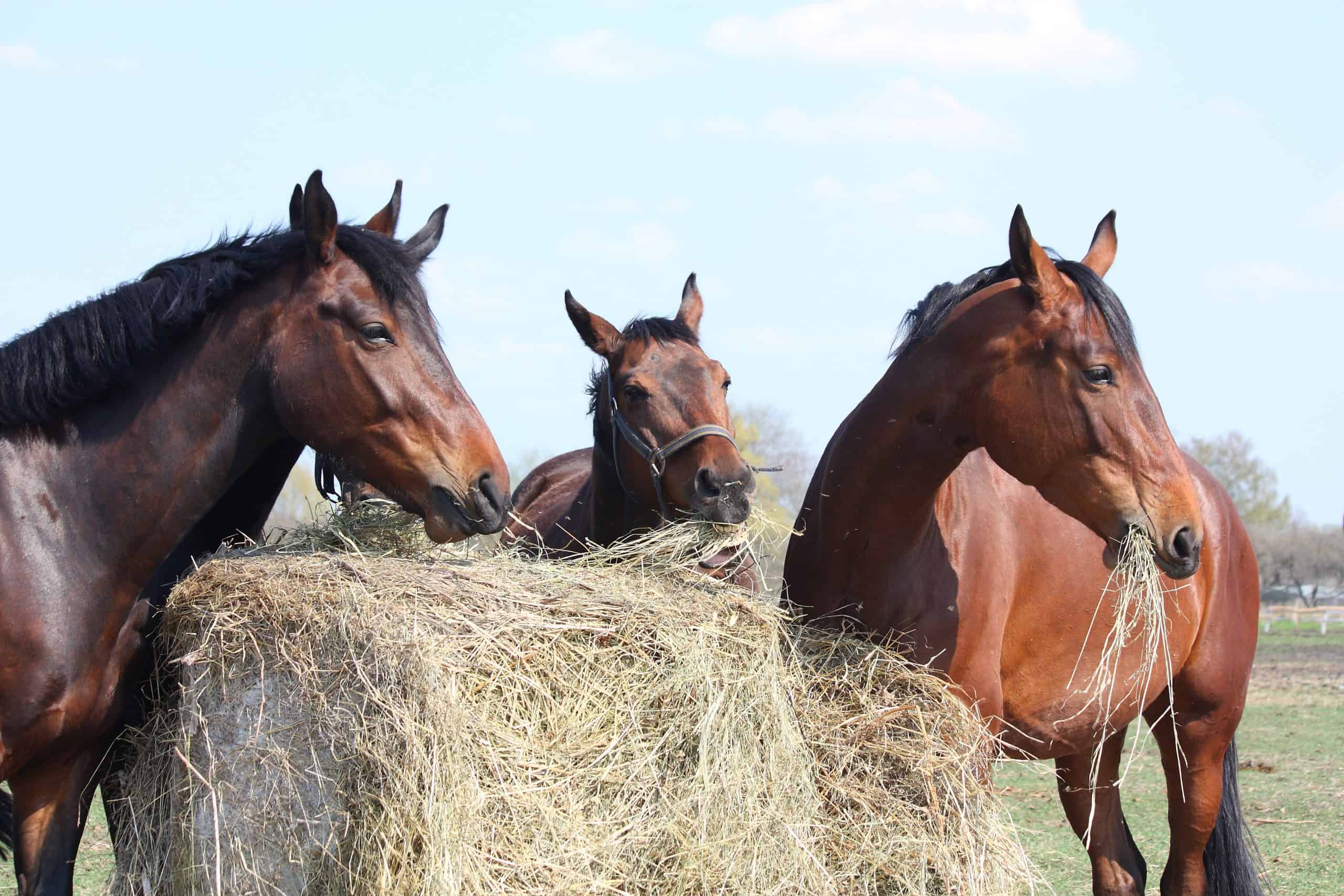

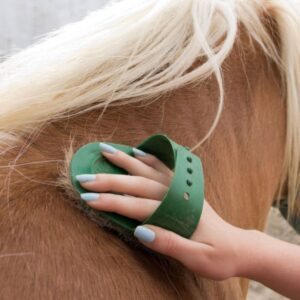
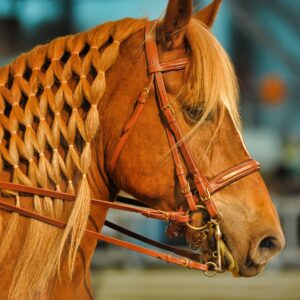

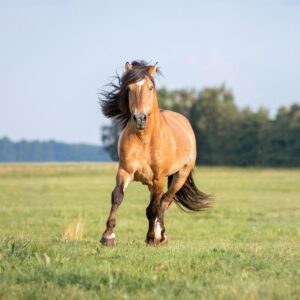
Leave a Reply